A resource investigating the typology of landscape through photography and sculpture inspired by the work of Theo Simpson.
Part of Jerwood/Photoworks Awards 3
Introduction
Artist Theo Simpson uses photographs as a sculptural material, combining photographs with industrial products like steel and coal to create hand crafted frames and sculptures. He transforms the two dimensional photographic image into a mixed media, three dimensional object.
Living and working primarily in the North of England, Theo Simpson draws on his everyday environment, investigating how the typology of the landscape, technological innovation, history and past political events shape current and future events.
The way I see my work is a lot like how you make steel, you take raw materials from the earth and you intensify them in different ways. What I’m doing with photography is taking the bare bones of the subject and reimagining it.
Theo Simpson
Rooted in the traditions of minimalism and abstraction, Simpson’s work reimagines the natural and industrial landscape, offering new perspectives on land traditionally associated with industry. The past and the present are intertwined through the reworking of archival images highlighting key historical moments, including a protest against Britain joining the European Economic Community from 1971 and the miners’ strikes in 1984.
Rather than forming an individually defined series, Simpson’s practice is fluid, building a continuous and ongoing body of work over time which is edited to fit the exhibition space. Each piece is self-contained, made both by hand and by machine and incorporates photography, sculpture, drawing and printmaking with engineering and industrial manufacturing techniques.
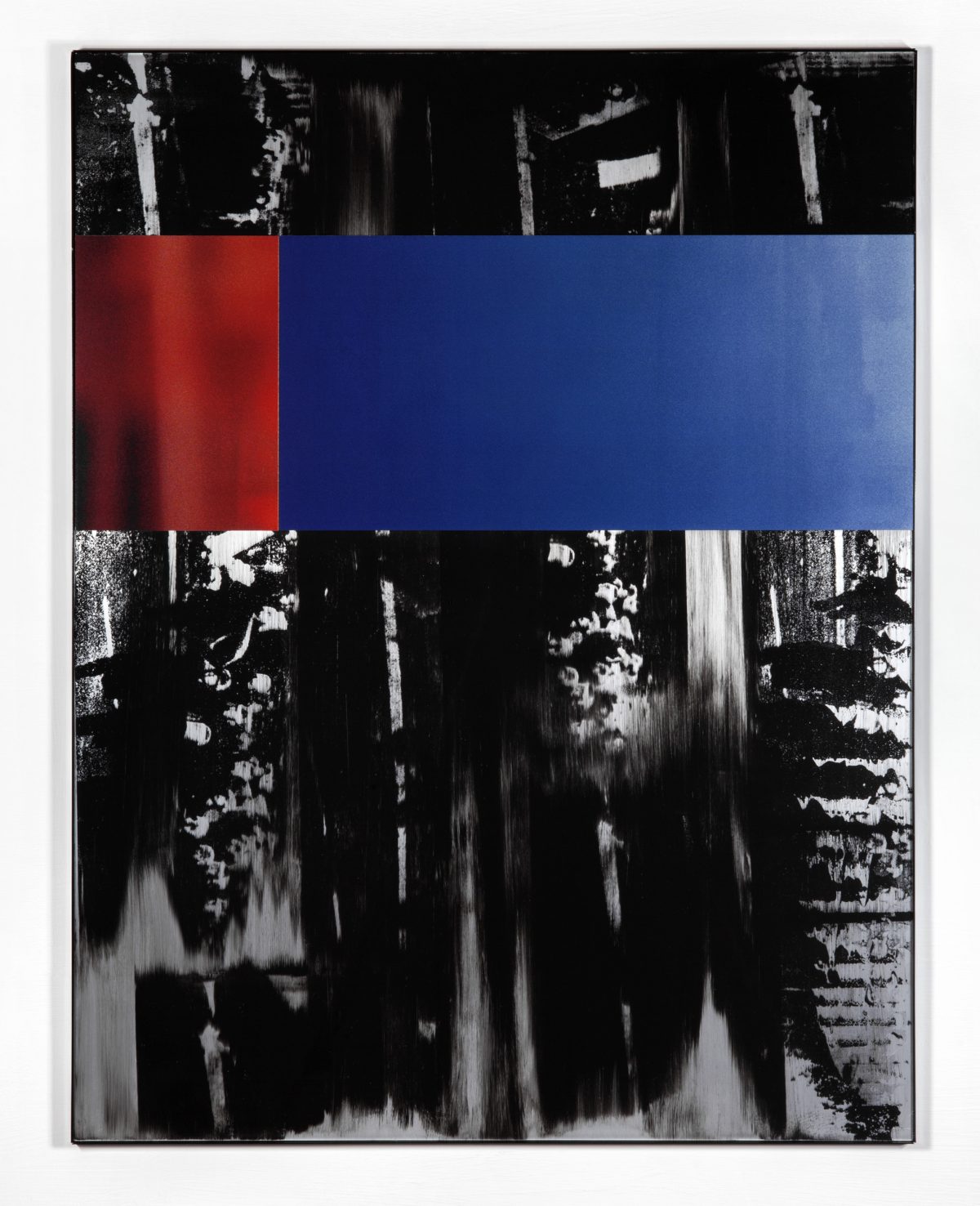
When It Rode Upon Men reworks a well-known archival press image taken during the miners’ strike of 1984-5. The image was taken during the Battle of Orgreave, which is often referred to as one of the most violent clashes in British industrial history. The eventual defeat of the workers has come to symbolise a significant moment in the demise of industrial Britain.
Simpson’s multi-layered compositions incorporate archival images. Archival images are historical documents that reveal the history of a place and/or a group of people. By combining and layering these in his work, he invites us to think about the landscape’s past. Alongside the changing physical form of the land surface itself we are encouraged to think about the social, cultural and personal experiences of people that have interacted with the landscape, conveying a strong sense of place.
I. Create a Photo Collage
This project invites students to create a photo collage about landscape, history and sense of place.
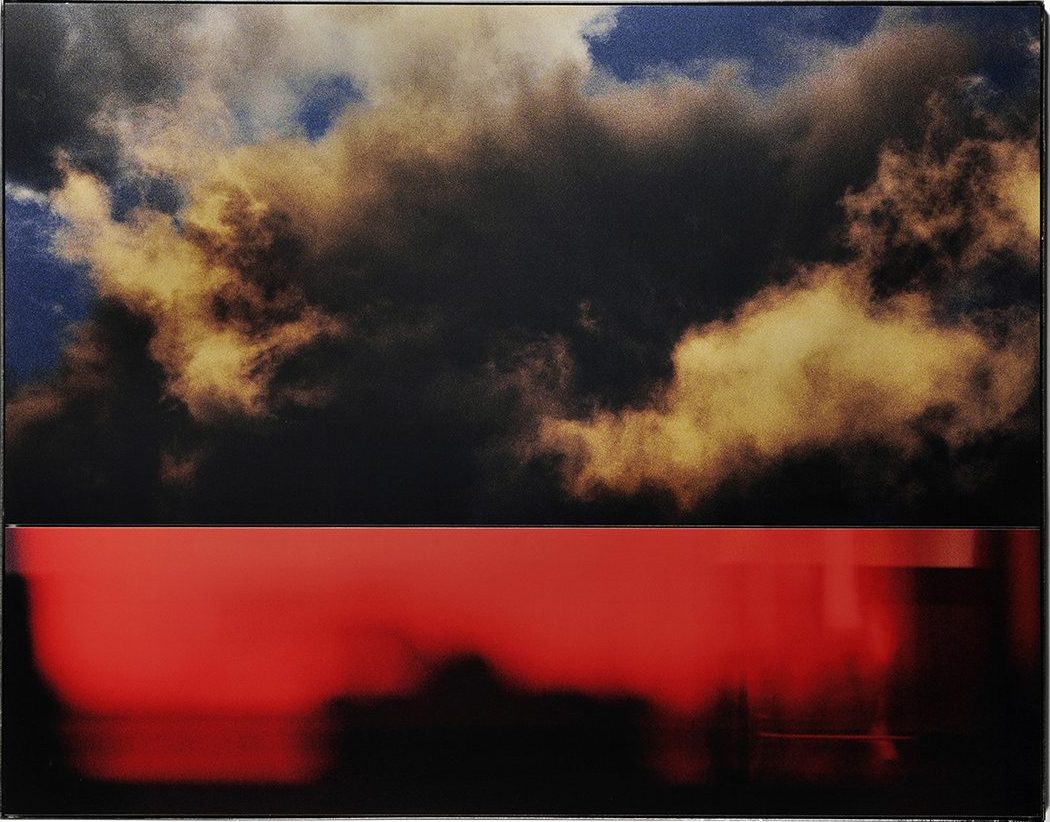
Discuss
Ask students to select up to three photo collage images by other artists and write down what it is they like or dislike about their chosen images. Use the following questions to help analyse the images in more detail:
- How many images has the artist used to create the collage?
- Have images been spliced, layered or interwoven?
- Are cuts smooth, combinations seamless or are images torn and layers obvious?
- Does the collage appear flat, or is there an illusion of depth?
- Are there any gaps or blank spaces within the composition?
- Are the images used similar, in keeping with a theme, or is there use of juxtaposition (opposing and contrasting images placed next to each other to create an interesting effect)?
- Is the scale of the images consistent or do different elements shift in size?
Make
Collect images from magazines, newspapers and other sources. Try combining them with students’ own photographs.
Lay out the images, pair them up, or put them into groups.
Shuffle them around to find contrast and juxtaposition.
Position images next to each other, overlap them, layer them up.
Cut and compose your collage but don’t stick anything down yet, just play around for a while.
Photograph the different stages of your process. You may want to revert back to an earlier stage to develop or select your final image.
When you think you’ve achieved what you wanted, stick it all down.
You might be interested in
Cut and Paste: 400 years of Collage, Scottish National Gallery of Modern Art

II. Photo Sculpture
This project invites students to create a photo sculpture. The term ‘photo-sculpture’ first emerged as a practice in art in the 1960s and 1970s as artists started to combine photography with a range of media. It has continued to evolve with many artists using photographs as sculptural material, investigating different ways in which photography and sculpture can meet and merge.
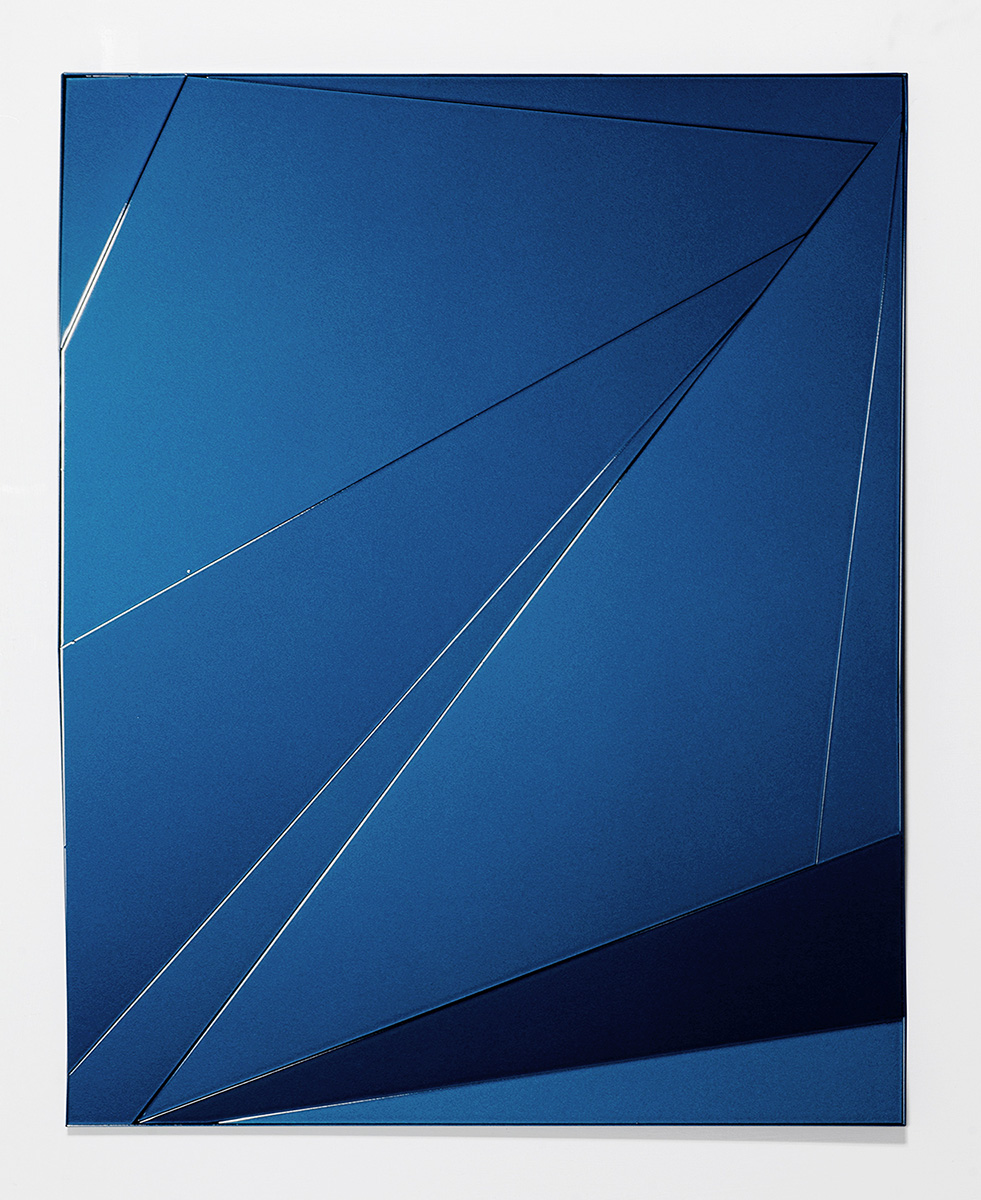
Discuss
Ask students to select up to three images by other artists that have a sculptural element and share what it is they like or dislike about their chosen images. Use the following questions to help analyse the images in more detail:
- What materials has the artist used to make the work?
- How are photographs being used?
Do they cover a three dimensional form, for example cut or manipulated into shapes or placed amongst other materials? - Have the photographs been fragmented or used in their original form?
- Is the work based on a familiar object or is it abstract?
- Is there a link between the content of the images and the form they take?
- Did the artist take the photograph or use found imagery?
- Is it presented as something you can touch?
- Is re-photographing the work a part of their process, or is a photograph simply a way of documenting the sculpture?
Make
Invite students to manipulate and situate photographs alongside other materials to push them beyond their usual two dimensional state. Then, like some of the artists listed in the links, photograph the sculpture to create a final piece of work. Here are some possible approaches to the work:
Be minimal: Minimalism is a form of abstract art developed in the USA in the 1960s and typified by artworks composed of simple geometric shapes based on square and rectangular forms.
Employ the common object: Use objects to inspire sculptural ideas – mobiles, jenga and jigsaw puzzles are all easy forms to reproduce.
Get physical: Curl, scrunch, bend, hang, suspend and fold photographs. Use them to cover an object or explore paper folding techniques.
Compose and situate: Place photographs alongside each other or amongst other objects. Put them in places they are not usually seen.
Photograph the sculptural work. Consider background, lighting, framing, and viewpoint. Make your own portable studio box with an infinity backdrop.
You might be interested in
The Photographic Object, 1970 Hauser & Wirth, New York, 2014
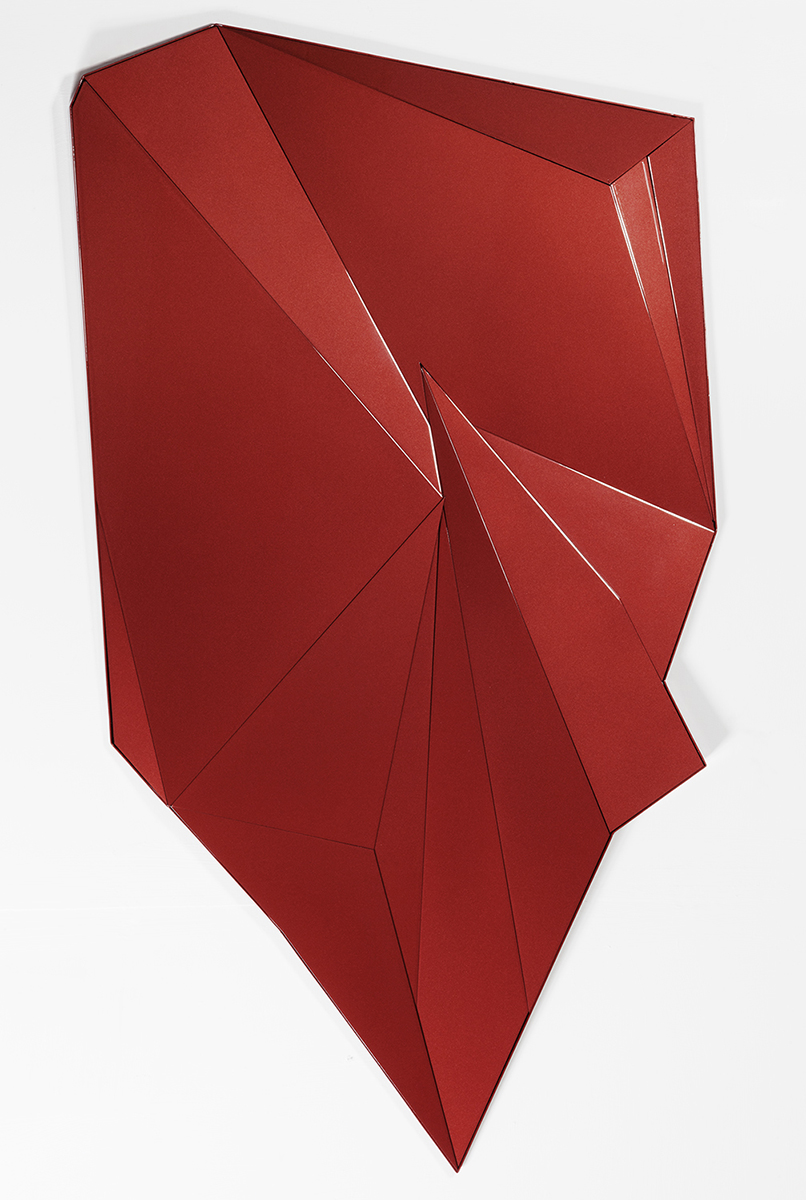
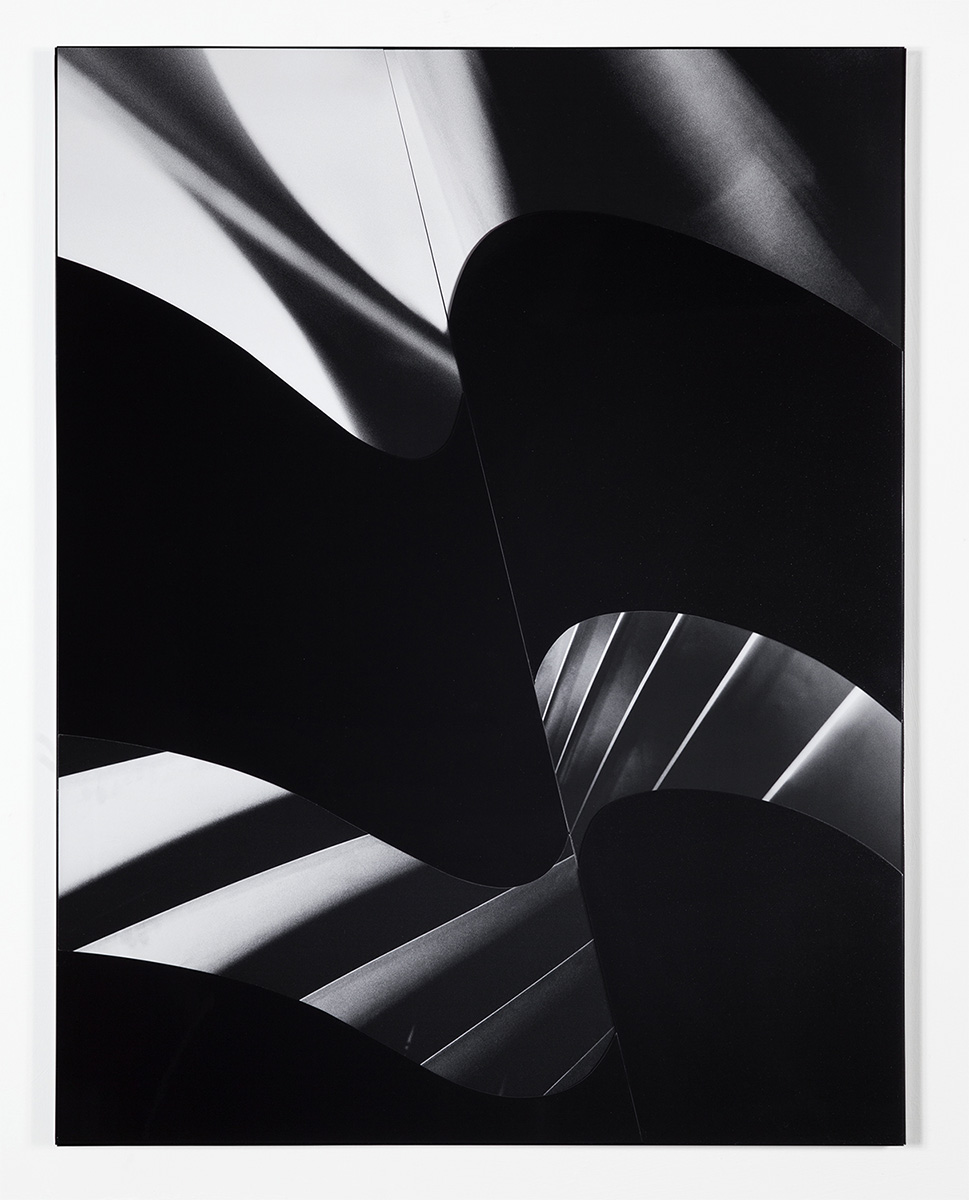
Other Artists
Photo collage
Taylor Jones, Dear Photograph
John Stezaker, Bridge (from the Castle Series)
K. Rajan, Mild Terrors
Samantha Brown, Botany of Silence Collages
Henna Nadeem, A Picture Book of Britain
Mark Murphy, Kendal Mountain Festival
Lilly Lulay, Mindscapes
Sarah Tulloch, Postcards
Photography and sculpture
Anna Farley, This Gives You A Score of 0
Robert Heinecken, Refractive Hexagon
Alma Haser, Cosmic Surgery
Matt Lipps, Horizons
Sara VanDerBeek, The Principle of Superimposition 2 & Ziggurat
About the Contributor
Lindsey Smith is a Photographic Artist and Freelance Artist Facilitator. Over the last 25 years she has worked in collaboration with a range of organisations to design, deliver and evaluate learning and engagement initiatives.
She has extensive experience of devising and facilitating public workshops and creative projects. Employing a broad range of materials and processes within a photography and lens-based practice enables me to engage with a diverse range of audiences and participants.
